You’re never really alone in the wild—something probably smells you.
Long before you see it, hear it, or even sense it, an animal might already be tracking you with a nose that puts bloodhounds to shame. Some creatures can sniff you out from miles away. Others? They only need a faint whiff from your sweaty sock.
We’re talking about superpowered snoots.
Sharks that detect a drop of blood in the ocean.
Bears that could find your picnic from the next zip code.
Even tiny critters that know where you’ve been by the scent trail on your shoe.
It’s both impressive and mildly terrifying.
How far can animals really smell you?
Let’s find out—one sniff at a time.
Bloodhound

Few noses are as legendary as the bloodhound’s. This dog is renowned for its extraordinary olfactory abilities, capable of tracking scents over 130 miles and detecting odors that are days old. With a nose that has millions of scent receptors, the bloodhound’s tracking skills are unmatched.
Used by law enforcement worldwide, these dogs are more than just trackers; they’re crime-solving companions. Their olfactory prowess is so recognized that bloodhound tracking results are admissible in court.
In the realm of scent, the bloodhound reigns supreme, with a nose that can follow a trail like no other.
African Elephant
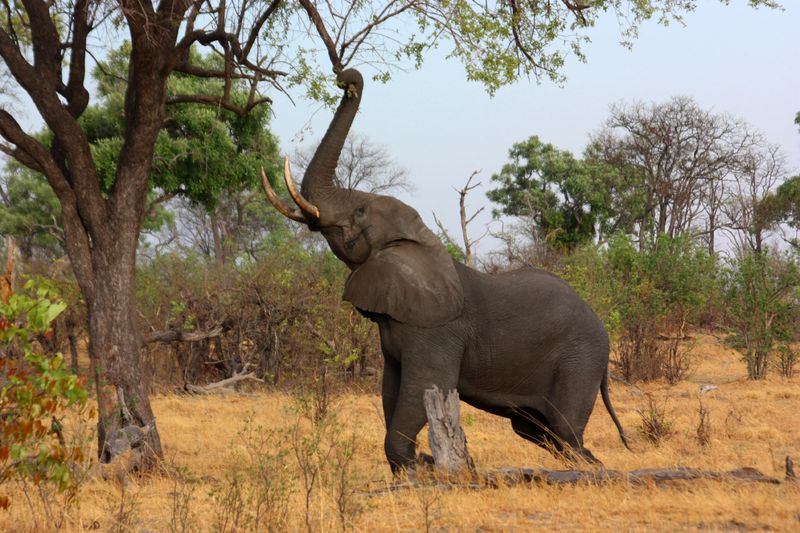
The African elephant’s trunk is an incredible tool, not only for grabbing food but also for detecting scents. With the ability to smell water from up to 12 miles away, elephants showcase a nose that’s as functional as it is monumental.
This olfactory capability is vital for survival in the arid plains of Africa, guiding herds to essential water sources. Elephants communicate with each other over great distances using low-frequency sounds, and their scent detection further enhances this connection.
The elephant’s nose is a testament to nature’s ingenuity, perfectly adapting to its environment.
Great White Shark

The great white shark is a legendary predator, feared and admired for its hunting prowess. A major part of its legend is its impressive sense of smell. Sharks can detect a single drop of blood in an Olympic-sized swimming pool, sensing it from up to three miles away.
This ability is crucial for survival in the vast ocean, where food can be scarce and widely dispersed. The shark’s keen sense of smell allows it to track prey with precision, making it an efficient hunter.
With such olfactory skills, the great white shark remains one of the ocean’s most formidable predators.
Turkey Vulture
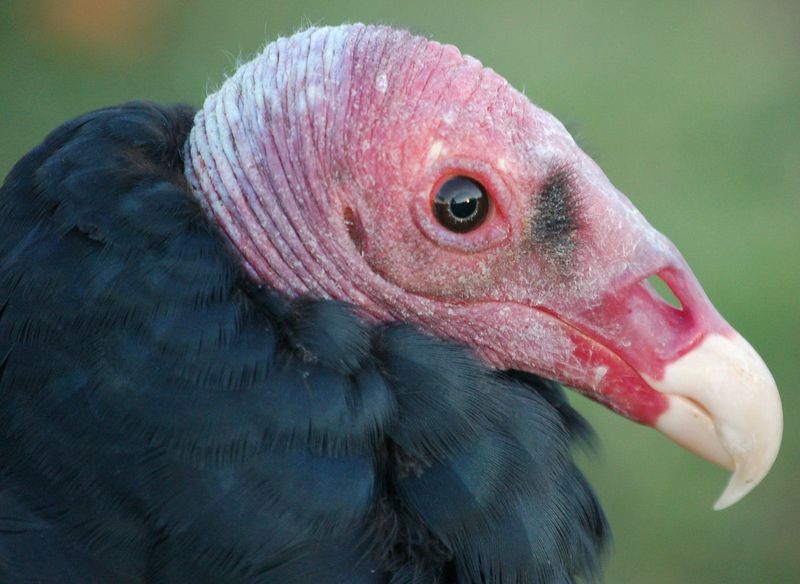
The turkey vulture is a master of the skies, using its remarkable sense of smell to find food. Unlike most birds, which rely on sight, the turkey vulture can locate carrion from over a mile away, guided by the scent of decay.
The vulture’s nostrils are uniquely positioned, allowing it to pick up even the faintest odors. This specialization ensures it never goes hungry, as it can detect food both on the ground and in the air.
With its keen olfactory sense, the turkey vulture plays a vital role in the ecosystem, cleaning up carcasses and preventing disease.
Polar Bear
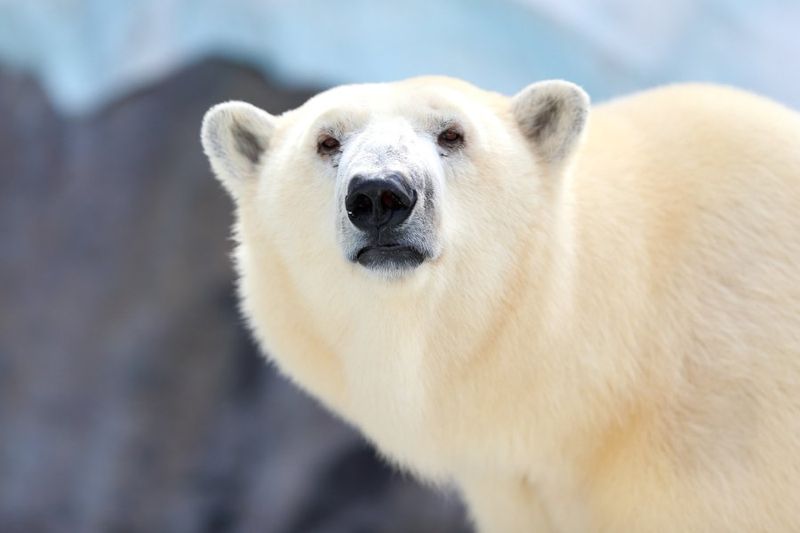
In the stark, icy wilderness of the Arctic, the polar bear’s nose is a powerful tool. With an ability to smell seals up to 20 miles away, even when hidden beneath layers of snow and ice, the polar bear’s olfactory senses are finely tuned for survival.
This keen sense of smell is crucial, as seals are the primary food source for polar bears, and finding them requires precision. The bear’s nose guides it across vast, frozen expanses in search of sustenance.
The polar bear’s survival hinges on its remarkable smelling capabilities, enabling it to thrive in one of Earth’s harshest environments.
Moth
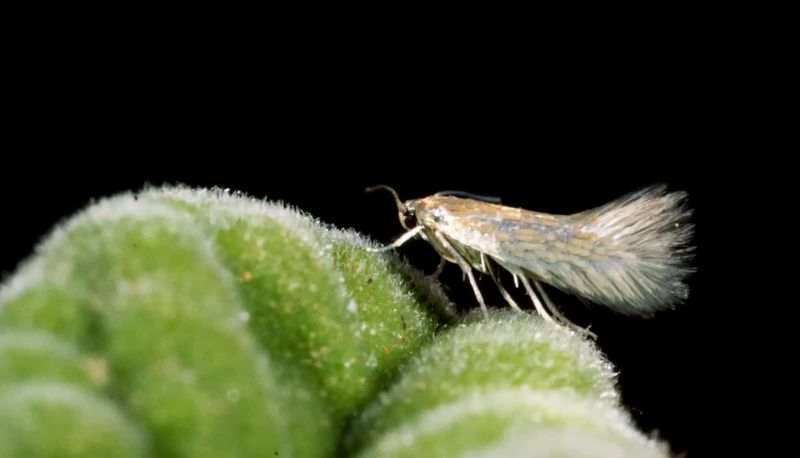
For moths, the world is a tapestry of scents, with their antennae acting as a guide. Moths can detect pheromones from up to seven miles away, a skill vital for finding mates in the night.
Their olfactory prowess lies in the ability to sense minute chemical signals, leading them across fields and forests. This ability is not only crucial for reproduction but also for locating food sources like nectar.
With a nose so sensitive, the moth demonstrates nature’s delicacy, navigating the world through a sophisticated sense of smell.
Bear
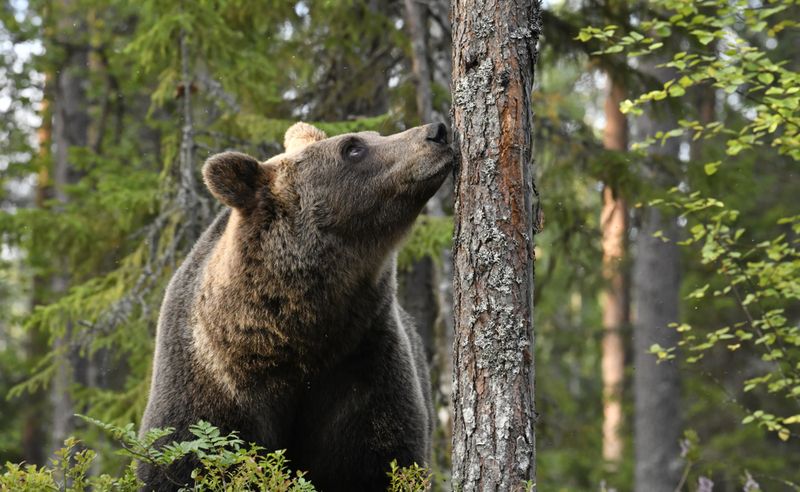
Bears are renowned for their acute sense of smell, which is even more developed than that of a bloodhound. A bear can detect carcasses from 20 miles away, a range that ensures it rarely misses a meal.
This olfactory ability is essential in the wild, where food can be scarce, and competition is fierce. The bear’s nose guides it to hidden sources of nutrition like berries, insects, and small mammals.
By relying on their exceptional sense of smell, bears maintain their position as top foragers in their habitats, with a nose that’s truly extraordinary.
Wolf

Wolves are iconic hunters, known for their social structure and teamwork. Their success is partly due to their remarkable sense of smell, which allows them to track prey over several miles.
This keen olfactory ability enables wolves to hunt in packs, coordinating their efforts to take down larger animals. The wolf’s nose is a vital tool for communication, recognizing pack members and marking territory.
The combination of scent and teamwork makes wolves efficient predators, thriving in diverse environments from forests to tundras, guided by their incredible noses.
Copperhead Snake
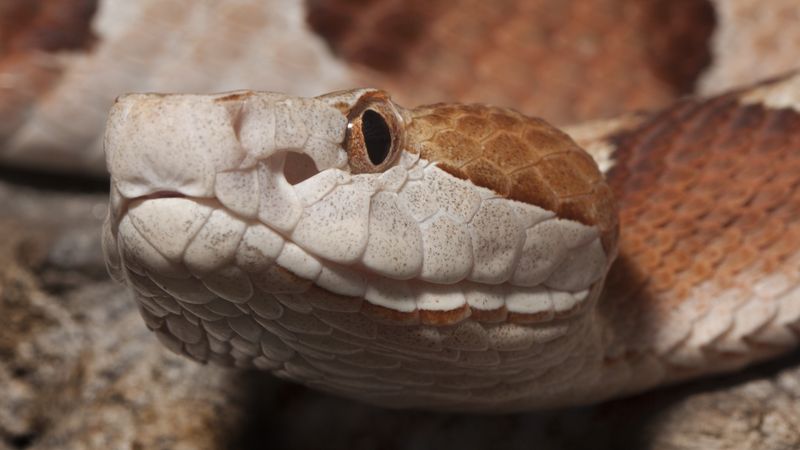
The copperhead snake’s sense of smell is key to its success as a stealthy predator. Using its forked tongue, the snake collects scent particles from the air, analyzing them to locate prey and navigate its surroundings.
This method of scent detection is so precise that the copperhead can follow trails left by other animals, silently stalking its next meal. The snake’s olfactory skills are complemented by heat-sensing pits, which provide a complete picture of its environment.
In the world of serpents, the copperhead’s nose is an essential guide, leading it to both food and safety.
Kiwi Bird
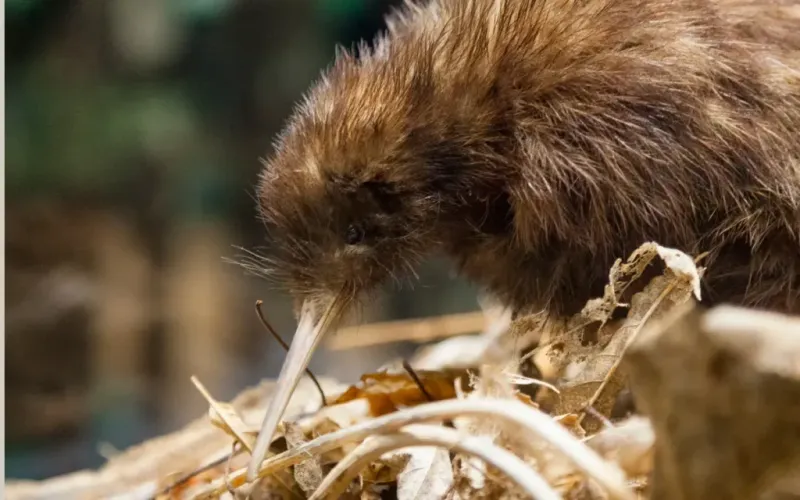
The kiwi bird, native to New Zealand, is an unusual creature with a nose that defies avian norms. Unlike most birds, kiwis rely heavily on smell to find food, using their long, sensitive beaks to probe the ground for insects and worms.
The kiwi’s nostrils are located at the tip of its beak, enabling it to detect scents beneath the soil. This adaptation is vital for survival in the dense underbrush, where sight is limited.
With a sense of smell so keen, the kiwi is a testament to evolution’s creativity, thriving in a niche of its own.
Raccoon
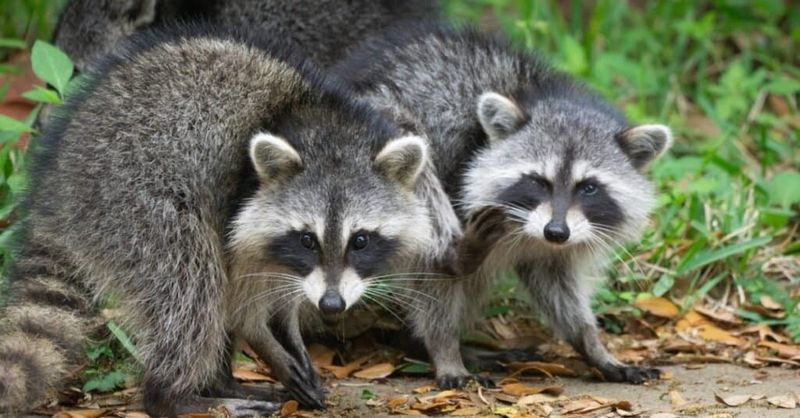
Raccoons are notorious scavengers, often seen rifling through garbage cans in search of their next meal. What sets them apart is their highly developed sense of smell, which guides them to food with uncanny accuracy.
This olfactory skill allows raccoons to thrive in urban environments, where food sources are diverse and plentiful. Their noses help them distinguish between edible and non-edible items, making them efficient foragers.
Equipped with a keen sense of smell, raccoons adapt to various habitats, from city streets to wooded areas, always guided by their curious noses.
Bumblebee
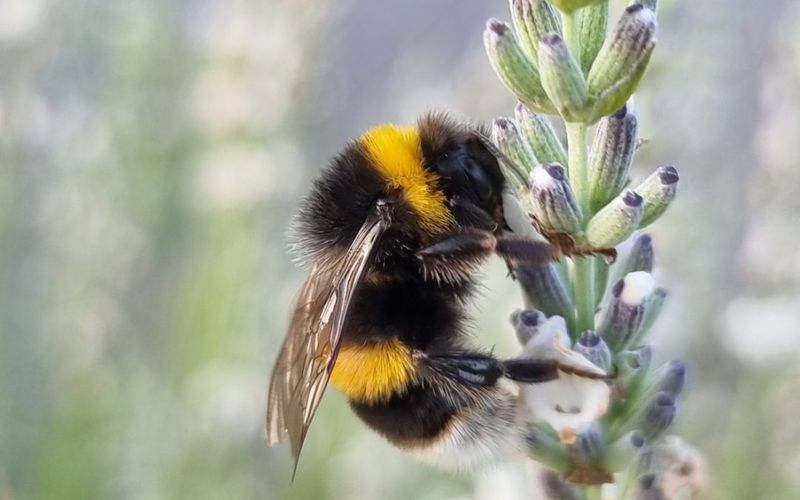
Bumblebees are vital pollinators, and their role in nature is underscored by their extraordinary sense of smell. With antennae that can detect floral scents from several miles away, bumblebees are drawn to flowers with precision.
This olfactory capability is essential for locating food sources, as bees rely on nectar and pollen for sustenance. Their sense of smell also aids in communication within the hive, guiding them to productive feeding grounds.
Through their amazing noses, bumblebees play a critical role in the ecosystem, ensuring the pollination of countless plant species.
Rabbit
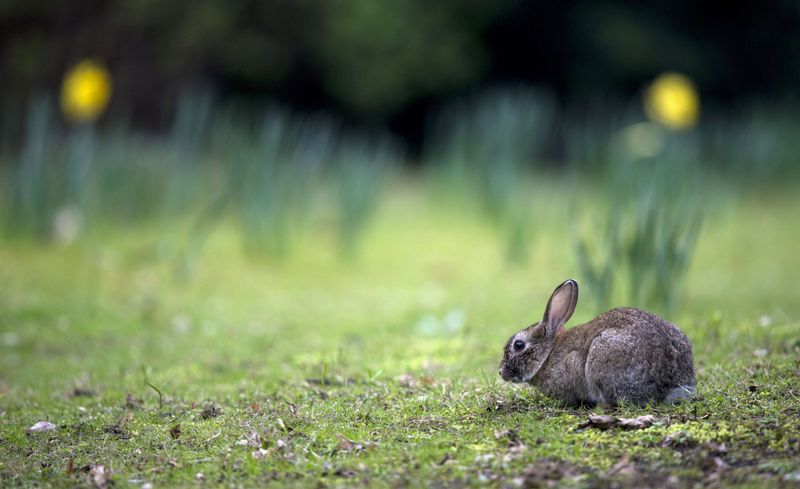
Rabbits, cute and often seen as prey, possess a remarkable sense of smell that helps them detect danger. Their twitching noses are not just for show; they can pick up scents of predators and other threats from a considerable distance.
This olfactory sensitivity is crucial for survival in the wild, where vigilance is the key to evading hunters. A rabbit’s nose is constantly working, analyzing the air for changes or unfamiliar scents.
With such a finely tuned sense of smell, rabbits navigate their world with caution, always alert to their surroundings.
Koala
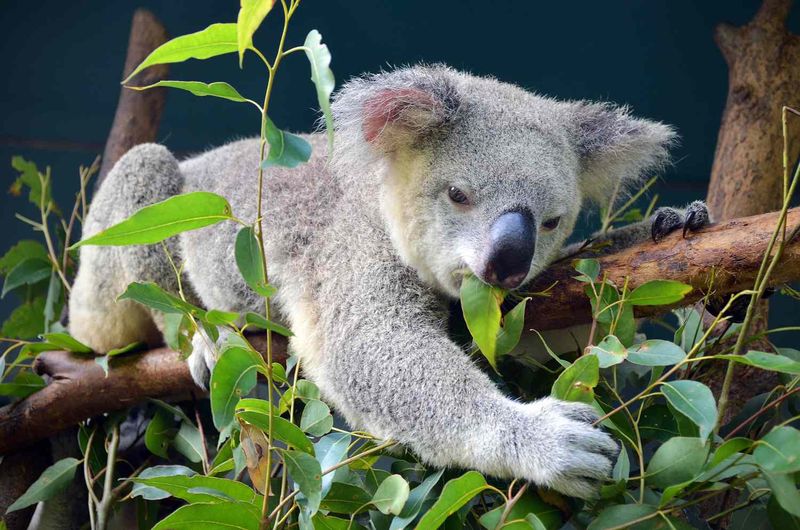
Koalas, iconic marsupials from Australia, are famously picky eaters, a trait guided by their exceptional sense of smell. They rely on their noses to choose eucalyptus leaves with the right balance of nutrients and toxins.
This selective feeding behavior is crucial, as not all eucalyptus species are suitable for consumption. Koalas can detect subtle differences in leaf scent, allowing them to make informed choices about their diet.
With noses that guide their dietary habits, koalas maintain their health and energy, embodying nature’s selective palate.
Fox

Foxes are known for their cunning and adaptability, traits that are strongly supported by their excellent sense of smell. Their noses can detect prey, such as rodents, from a distance, making them effective hunters.
This olfactory ability is essential for survival, as it guides foxes to food sources in various environments, from urban areas to countryside. The fox’s nose also plays a role in communication, helping it to mark territory and recognize family members.
With a nose that’s both practical and perceptive, foxes navigate their world with instinct and intelligence.
Homing Pigeon
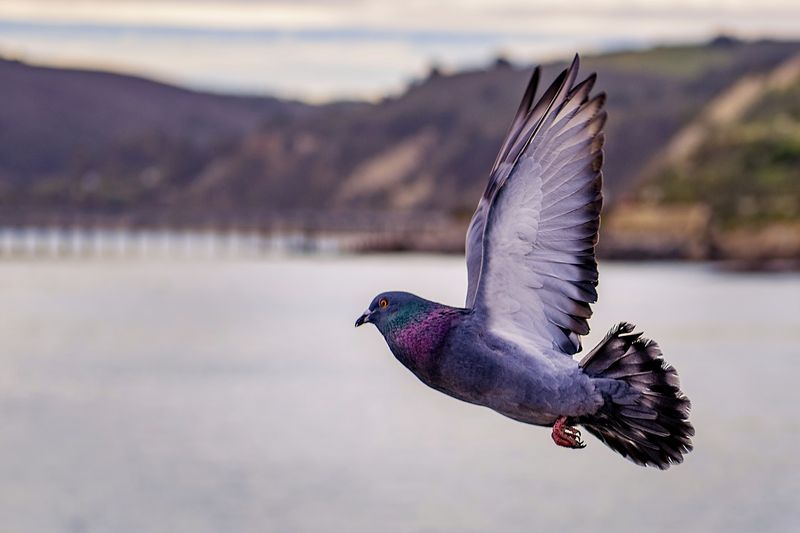
The homing pigeon is a marvel of nature, known for its ability to return home over vast distances. This incredible navigation skill is partly attributed to its sense of smell.
Pigeons use olfactory cues to create a scent map of their environment, guiding them as they travel. This ability is so precise that homing pigeons have been used in wartime to carry messages across enemy lines.
With noses that guide them through the skies, homing pigeons exemplify nature’s navigational expertise, finding their way back home with unerring accuracy.
Ant

Ants, though tiny, boast a highly sophisticated sense of smell that plays a crucial role in their social structure. Using their antennae, ants detect pheromones that guide them to food sources, establish trails, and coordinate colony activities.
This olfactory communication is vital for the survival of the colony, as it allows ants to work together efficiently and respond to environmental changes. Their noses, though simple in structure, are incredibly effective.
With their intricate scent-based communication, ants demonstrate that remarkable olfactory skills are not limited to larger creatures.
Cheetah
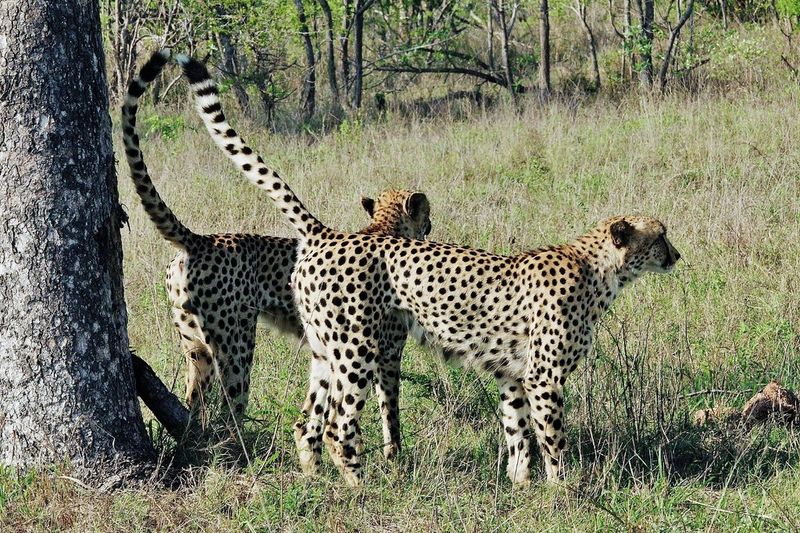
The cheetah, known for its speed, also possesses a keen sense of smell that aids in hunting and territory marking. Though primarily relying on sight, the cheetah’s nose is instrumental in detecting the scent of prey and rivals.
This olfactory ability is essential for understanding its environment, allowing the cheetah to navigate the vast savanna with confidence. The scent of other cheetahs helps it avoid confrontations and establish dominance.
While speed is its hallmark, the cheetah’s sense of smell provides a nuanced understanding of its world, enhancing its survival skills.
Dog
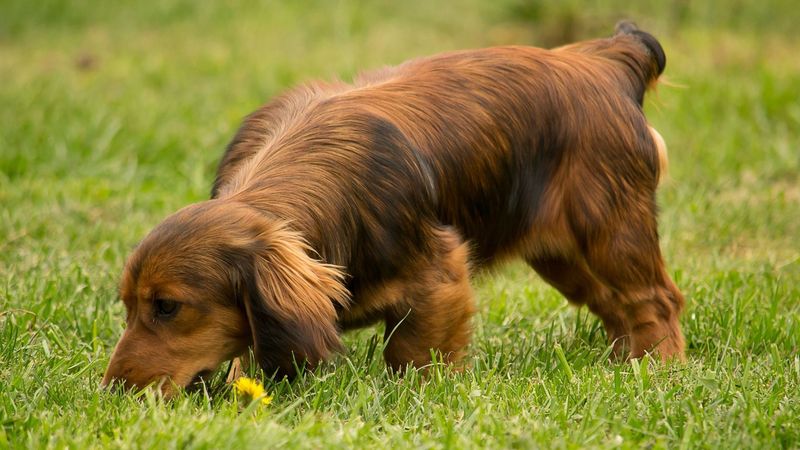
A dog’s sense of smell is legendary, with abilities that surpass even the most advanced technology. Dogs can detect a wide array of scents, from identifying lost individuals to detecting diseases like cancer.
Their noses are equipped with millions of scent receptors, allowing them to pick up on subtle changes in the environment. This capability has led to dogs being employed in various roles, from search and rescue to therapy.
With a sense of smell that’s both versatile and powerful, dogs continue to be invaluable companions and allies to humans worldwide.
Bat

Bats are nocturnal hunters, known for their use of echolocation to navigate the dark. However, their sense of smell is equally important, aiding in the detection of food sources such as fruits and insects.
This olfactory ability complements their sonar, providing a multi-sensory approach to hunting. Bats can detect ripe fruit and nectar-producing flowers, essential for their diet.
In the silent world of the night, bats rely on their noses as much as their ears, demonstrating a complex sensory system that supports their unique lifestyle.

